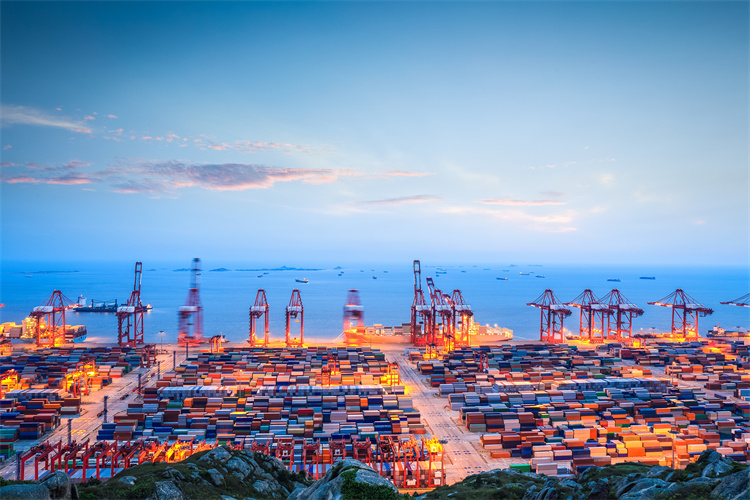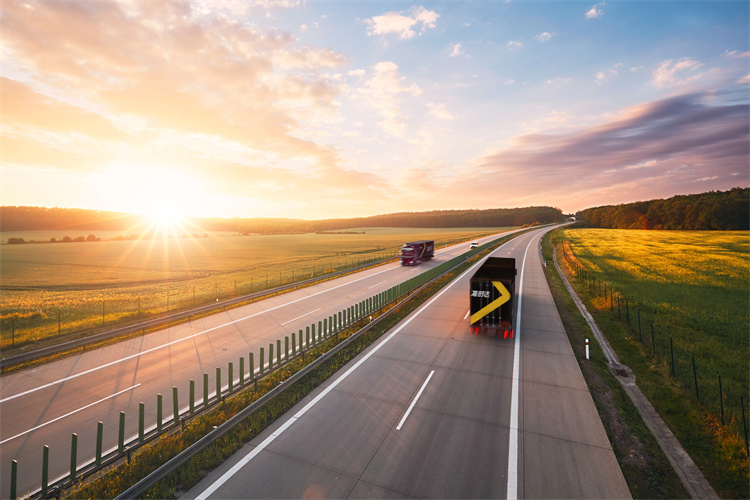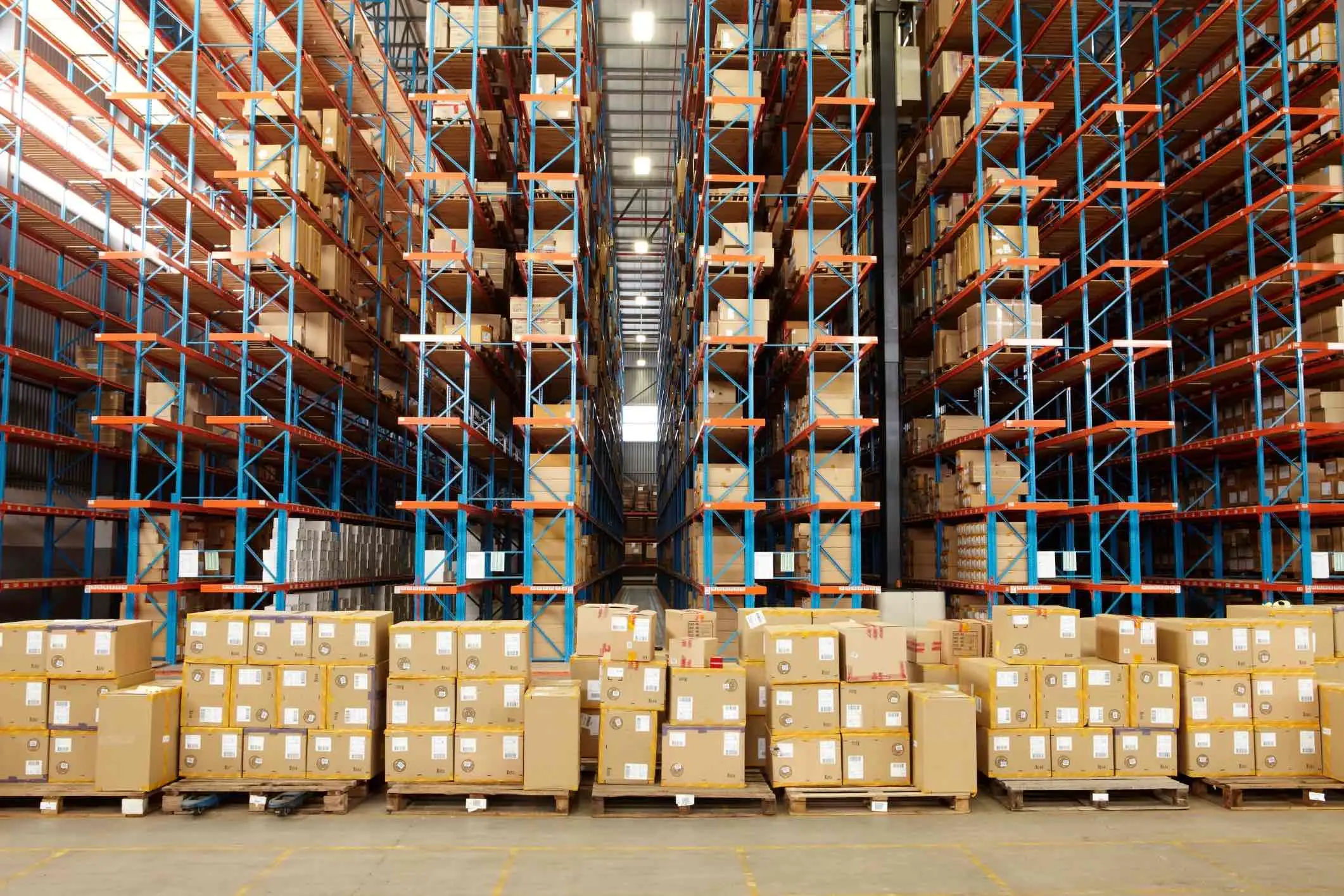Emerging Trends in Rail Transportation for the Logistics Industry

Rail transportation is changing how goods are moved. It is fast and eco-friendly. By 2023, the China-Europe Railway Express ran 17,500 trains. This is a 377% rise since 2017. Rail shipping produces five times less carbon than trucks, supporting global green efforts. Rail is bringing new ideas, cutting costs, and improving supply chains everywhere.
Key Takeaways
Rail transport is cheaper and better for the environment. It costs $70 per ton, while trucks cost $214 per ton.
Technology and automation are changing rail shipping. They make it quicker, safer, and easier to use.
Spending on rail systems helps world trade. It also helps companies ship goods in a greener way.
The Growing Importance of Rail Transportation in Logistics

Sustainability and Environmental Benefits of Rail
Trains are better for the environment than other transport. They produce only 1% of the carbon dioxide compared to trucks. This makes trains a greener choice for moving goods. One train can move one ton of freight 500 miles on one gallon of fuel. This saves fuel and lowers harmful gas emissions. It also helps fight climate change. Transport causes 17% of global emissions, so greener options like trains are needed.
Governments and companies are spending more on rail systems. These upgrades aim to make transport faster and less harmful to the planet. Rail freight is key to these goals. It offers a cleaner way to move goods while protecting the environment.
Cost Efficiency and Scalability in Rail Freight
Using trains to move goods costs less than using trucks. Rail costs about $70 per ton, while trucks cost $214 per ton. This makes trains three times cheaper. Trains also use fuel more efficiently. They move 477 ton-miles per gallon, while trucks only do 145 ton-miles. This saves money and reduces pollution.
Trains are great for carrying big items like coal and grain. During the pandemic, trains stayed reliable when other transport struggled. This shows how important trains are for moving goods safely and on time.
Integration of Rail with Multimodal Logistics Networks
Combining trains with other transport methods improves shipping. Trains are best for long trips and heavy loads. France uses fast trains to make shipping quicker. Germany works with delivery companies to improve rail use. Sweden builds partnerships to make rail networks better.
Intermodal transport mixes trains with trucks and ships. This makes shipping faster and cheaper. It also makes supply chains more reliable. Rail is a key part of intermodal systems. It provides a green and efficient way to support global trade.
Technological Innovations Changing Rail Logistics
Digitalization and Smart Rail Systems
Digital tools are making rail logistics faster and better. Smart systems use live data to track trains and fix issues early. AI helps predict problems before they happen, keeping trains safe and reliable. In late 2023, Alstom spent $40 million on a digital center. This center improves train signals and makes operations smoother.
Aspect | Old Systems | New Digital Systems |
|---|---|---|
Efficiency | Slow and manual work | Faster with automation and AI |
Maintenance | Fixing after problems happen | Predicting and fixing before problems occur |
Data Use | Limited data | Real-time tracking and smart analysis |
Environmental Impact | More pollution and energy use | Cleaner and energy-saving |
These changes make rail transport more dependable and eco-friendly.
Automation and Autonomous Rail Technologies
Automation is making trains safer and more efficient. Driverless trains, like the one tested in China in 2024, show how technology can help. These trains save energy and run more reliably.
Metric | What It Means |
|---|---|
Safety | Fewer mistakes because of less human error. |
Operating Costs | Lower costs due to automated systems. |
Energy Use | Less energy needed thanks to smarter operations. |
Emissions | Fewer harmful gases released into the air. |
Capacity | Better use of space for carrying goods. |
Service Reliability | More consistent and dependable train services. |
Automation keeps rail transport affordable and effective.
Green Energy Solutions in Rail Operations
Green energy is helping trains become more eco-friendly. Battery-powered and hydrogen trains are being tested to cut pollution by 30%. In Spain, Alstom's Driver Advisory System saved 11% of energy on fast trains. Union Pacific's Energy Management System saved 18 million gallons of fuel in 2023. This also reduced greenhouse gases by 247,000 metric tons. These efforts show the rail industry's focus on protecting the planet.
JUSDA's JusLink Intelligent Supply Chain in Rail Logistics
JUSDA's JusLink system uses smart tech like IoT and cloud computing. It helps track shipments, predict problems, and improve teamwork. JusLink makes shipping easier, cheaper, and faster. JUSDA's tools help rail logistics meet modern needs and support global trade.
Market Trends in the Rail Logistics Market
Global Growth and Regional Outlook for Rail Freight
The rail logistics market is growing fast worldwide. In 2019, it was worth over $300 billion. It is expected to grow by 6.50% every year until 2030. This shows the need for better and greener freight options. In Europe, freight growth may rise by 1% yearly in slow times. It could grow by 2% yearly during good economic times from 2019 to 2040.
Global trade has increased the need for cross-border rail services. Rail freight is better for the planet than trucks. It creates only 1% of the carbon dioxide that trucks do. This makes rail a top choice for businesses wanting to go green and meet shipping needs.
Key Segments Driving the Rail Logistics Market
Some industries and transport types are boosting rail freight growth. In 2023, cars made up 25% of the market's money. Factories added 22%. Long trips were the biggest, with 45% of the market. Short trips followed with 30%, and last-mile delivery had 15%. These numbers show how rail freight helps different industries.
Emerging Markets and Investment Opportunities
New markets are becoming important in rail logistics. China leads with $97 billion invested in 2024, holding over 35% of the market. The U.S. and Germany are also spending big, with $2.4 billion and $1.8 billion each. These funds aim to improve rail systems and grow the market. This gives businesses a chance to use rail for cheaper and greener shipping.
Country | Investment Figures (USD) | Market Share (%) | Growth Forecast Period |
|---|---|---|---|
China | 97 billion (2024) | >35% (2024) | 2025 - 2034 |
U.S. | 2.4 billion (2024) | N/A | 2025 - 2034 |
Germany | 1.8 billion (2024) | N/A | 2025 - 2034 |
The Role of China-Europe Express Rail in Connecting Global Markets
The China-Europe Express Rail has changed global trade. It is faster and cheaper than old shipping ways. Since 2011, rail freight between the Greater Bay Area and Europe grew 15% yearly. In 2022, goods worth $12.3 billion were sent from Guangzhou to Europe. This was 20% more than the year before. High-value items like electronics and machines benefit from this service. It is quick and reliable. By linking continents, the China-Europe Express Rail makes supply chains stronger and helps rail logistics grow.
Challenges and Opportunities in Rail Logistics
How Global Trade Affects Rail Freight
Global trade is growing fast, bringing challenges and chances for rail. Rail freight connects markets across the world. But changing trade patterns and economic issues can cause problems. For example, e-commerce has made people want faster shipping. Rail logistics must adjust to meet this demand while staying efficient.
New markets like Southeast Asia are changing trade routes. These areas give rail logistics a chance to grow. However, they also have problems like poor infrastructure and different rules. To compete, rail companies need to focus on teamwork and new ideas.
Rules and Policies in Rail Transportation
Rules and policies affect the rail logistics industry a lot. Governments want greener transport, so they set stricter emission rules. They also offer rewards for eco-friendly rail systems. These changes help the planet but need big investments in new tech and systems.
Cross-border trade makes things harder. Each country has its own customs rules and rail standards. Making these rules work together is key for smooth shipping. By keeping up with policy changes, rail companies can turn problems into growth chances.
Competition and Business Moves in Rail Logistics
The rail logistics market is very competitive. Companies are buying others to grow and improve services. Bigger companies can spend more on tech like AI and blockchain. This helps them offer better and faster logistics solutions.
Smaller companies can focus on special markets or team up with others. Working together can open new markets and share costs. By planning smartly, smaller players can succeed in this tough market.
Using JUSDA's Help to Solve Rail Logistics Problems
JUSDA has smart tools to fix rail logistics issues. Its JusLink system uses IoT and cloud tech to improve tracking and efficiency. With live tracking and smart predictions, managing freight becomes easier.
The China-Europe Express Rail is another example of JUSDA's skill. It links big trade areas and offers faster, cheaper shipping. By using JUSDA's services, companies can improve their supply chains and stay ahead in the rail logistics game.

JUSDA Solutions
To provide you with professional solutions and quotations.
The rail logistics market is changing fast with new ideas. Automated trains, live tracking, and smart devices are improving shipping. Rail transport is cheaper and better for the planet than trucks. It cuts pollution and works more efficiently. The market may grow to $506.61 billion by 2034.
To benefit, use modern technology and green methods. This makes work smoother and helps you compete better. Choosing eco-friendly rail shipping supports global trade and ensures future success.
FAQ
Why is rail logistics a good choice for transport?
Rail logistics is cheaper and better for the planet. It moves goods faster than ships and costs less than planes. This makes it great for global trade.
How does rail logistics help the environment?
Rail logistics cuts pollution by using energy-saving trains. It also uses green energy like hydrogen and batteries to protect nature.
What is the role of the China-Europe Express Rail in trade?
The China-Europe Express Rail links big trade areas. It delivers goods quicker than ships and costs less than planes. This helps make supply chains work better.
See Also
Understanding Current Trends in Logistics Risk Management
Innovations in Logistics Technology Shaping Tomorrow's Landscape
Preparing for the Future: New Transport Technologies in Supply Chains
Exploring the Unexplored: AI's Role in Logistics Today
Navigating the Future of Logistics Through Digital Innovations
